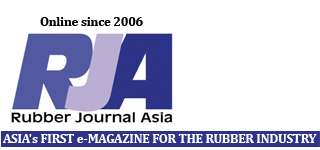Rubber producers and traders have sought rectification of anomalies in the inverted duty structure, saying they have “stifled” the sector.
In a pre-budget presentation to the finance ministry, the All India Rubber Industries Association (AIRIA) said while the import duty on finished rubber products is between 0 and 10%, its is 5% to 70% on rubber industry raw materials.
An inverted duty structure emerges when import duties on finished products are lower than those on parts/raw materials, effectively incentivising imports of goods rather than imports of parts and inputs for local manufacturing.
“Inverted duty structure has been the bane of rubber sector in India and has stifled the growth of this vital sector of manufacturing,” said Niraj Thakkar, president, AIRIA. “We sincerely hope the new government with its avowed agenda of revival of manufacturing sector will address this anomaly in the budget.”
There are about 6,000 micro, small and medium-sized rubber manufacturing units in the country.
“Not only import duty on raw materials is higher, the duty is levied even on those raw materials that are not produced in the country. If the idea is domestic value addition, this anomaly needs to be corrected,” Thakkar said.
According to AIRIA, high import duty on raw materials has eroded the competitiveness of the domestic rubber industry. On the other hand, lower taxation and export incentivisation policies of countries such as China have helped manufacturers of those countries flood Indian markets with cheaper products.

